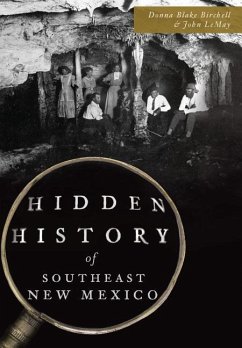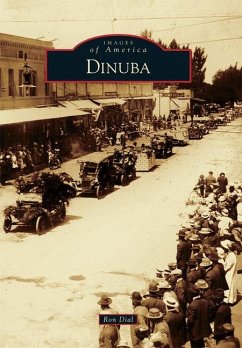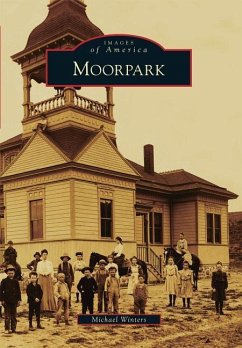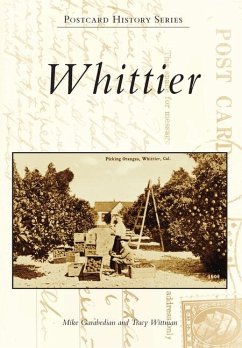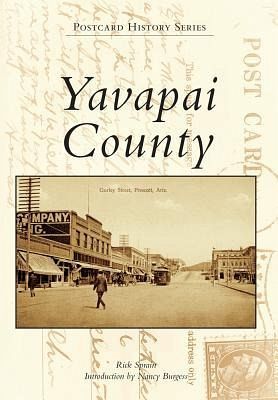
Yavapai County

PAYBACK Punkte
10 °P sammeln!
In 1864, Arizona was divided into four counties named after the local Indian communities: Yavapai, Yuma, Mohave, and Pima. Believed to have been the largest county ever created in the lower 48 states at the time, Yavapai encompassed over 65,000 square miles until 1891, when the state was divided into additional counties. Yavapai finally settled to 8,125 square miles. While still a US territory in 1900, Yavapai County had a population just under 13,800 people and was quite remote. Within a few years, postcards started appearing in drugstores, such as Brisley, Timerhoff, Owl, Heit, Corbin and Bo...
In 1864, Arizona was divided into four counties named after the local Indian communities: Yavapai, Yuma, Mohave, and Pima. Believed to have been the largest county ever created in the lower 48 states at the time, Yavapai encompassed over 65,000 square miles until 1891, when the state was divided into additional counties. Yavapai finally settled to 8,125 square miles. While still a US territory in 1900, Yavapai County had a population just under 13,800 people and was quite remote. Within a few years, postcards started appearing in drugstores, such as Brisley, Timerhoff, Owl, Heit, Corbin and Bork, or Eagle Drug in Prescott and Lynn Boyd or Mitchell in Jerome. Many of the original postcards showcase early mines, towns, and buildings that no longer exist today.





